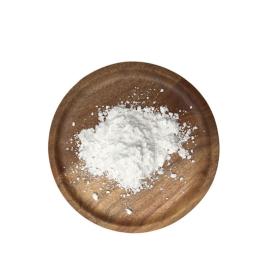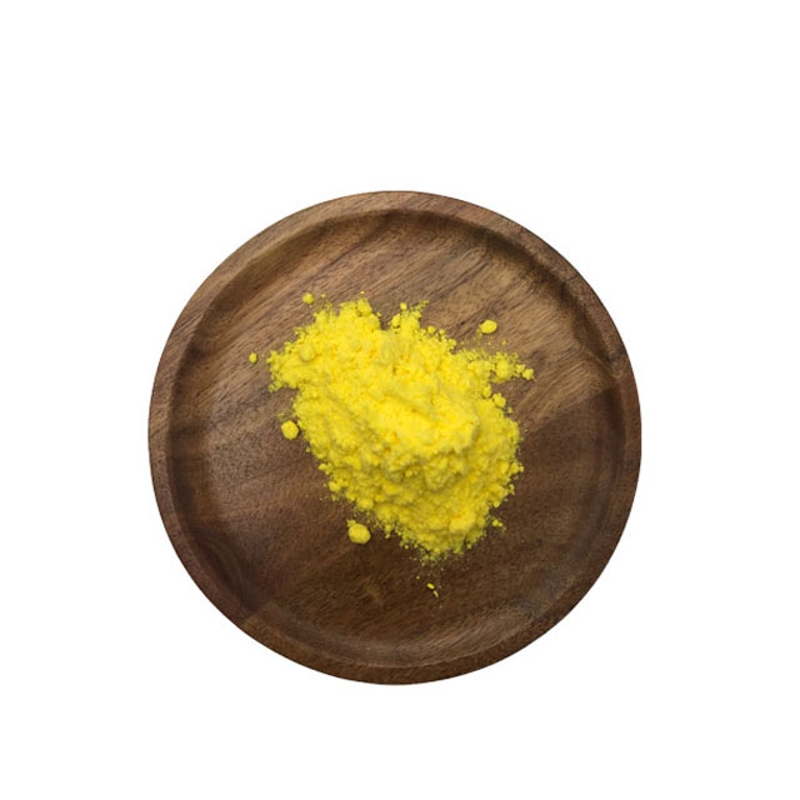-
Categories
-
Pharmaceutical Intermediates
-
Active Pharmaceutical Ingredients
-
Food Additives
- Industrial Coatings
- Agrochemicals
- Dyes and Pigments
- Surfactant
- Flavors and Fragrances
- Chemical Reagents
- Catalyst and Auxiliary
- Natural Products
- Inorganic Chemistry
-
Organic Chemistry
-
Biochemical Engineering
- Analytical Chemistry
- Cosmetic Ingredient
-
Pharmaceutical Intermediates
Promotion
ECHEMI Mall
Wholesale
Weekly Price
Exhibition
News
-
Trade Service
In chronic liver disease, inflammation induces oxidative stress, which can lead to liver damage, fibrosis and cancerous progression.
KEAP1/NRF2 axis is the main regulatory factor for cell redox balance.
study, researchers investigated whether the KEAP1/NRF2 system was associated with liver disease progression in humans and mice.
researchers sequenced liver tissue RNA in 63 patients with non-alcoholic fatty liver disease to study the correlation between oxidative stress and histological and clinical parameters.
for functional analysis, the researchers interbred liver cell NEMO gene-specific knock-out (NEMO-hepa) mice with liver cell-specific Keap1 gene knock-out (KEAP1-hepa) mice.
immunogroup analysis of liver tissue oxidation in patients with chronic liver disease should surge and NRF2 activates human liver tissue slices showed that oxidation in liver tissue in patients with chronic liver disease should be strong and NRF2 was highly expressed.
RNA sequencing of liver samples from a NAFLD children's queue showed that significant increases in NRF2 activation were associated with inflammatory levels, but not with levels of fat degeneration, and the results were confirmed in another adult NASH queue.
In fatty liver mice, oxidation should surge and be strongly associated with NRF2 target gene activation in mice, microarray analysis showed that the absence of Keap1 induced NRF2 target genes to participate in glutathione metabolism and heterogeneity stress (e.g., Nqo1).
, knocking out Keap1 can also save one of the most important antioxidant defects in NEMO's liver, glutathione (GSH).
The progress of liver fibrosis and liver cancer in NEMO-hepa mice was delayed, and the apoptosis of NEMO-hepa/Keap1-hepa liver was reduced, as was the expression of genes associated with cell cycle regulation and DNA replication.
compared to the NEMO-hepa liver, NEMO-hepa/Keap1-hepa showed a decrease in fibrosis formation, a decrease in tumor incidence, a decrease in the number of tumors, and a decrease in tumor volume.
, NRF2 activation in patients with non-alcoholic fatty hepatitis was associated with inflammation levels and not with fat degeneration.
functional analysis of mice showed that NRF2 activation in chronic liver disease could play a protective role by reducing the formation, occurrence and development of hepatocellular carcinoma.







